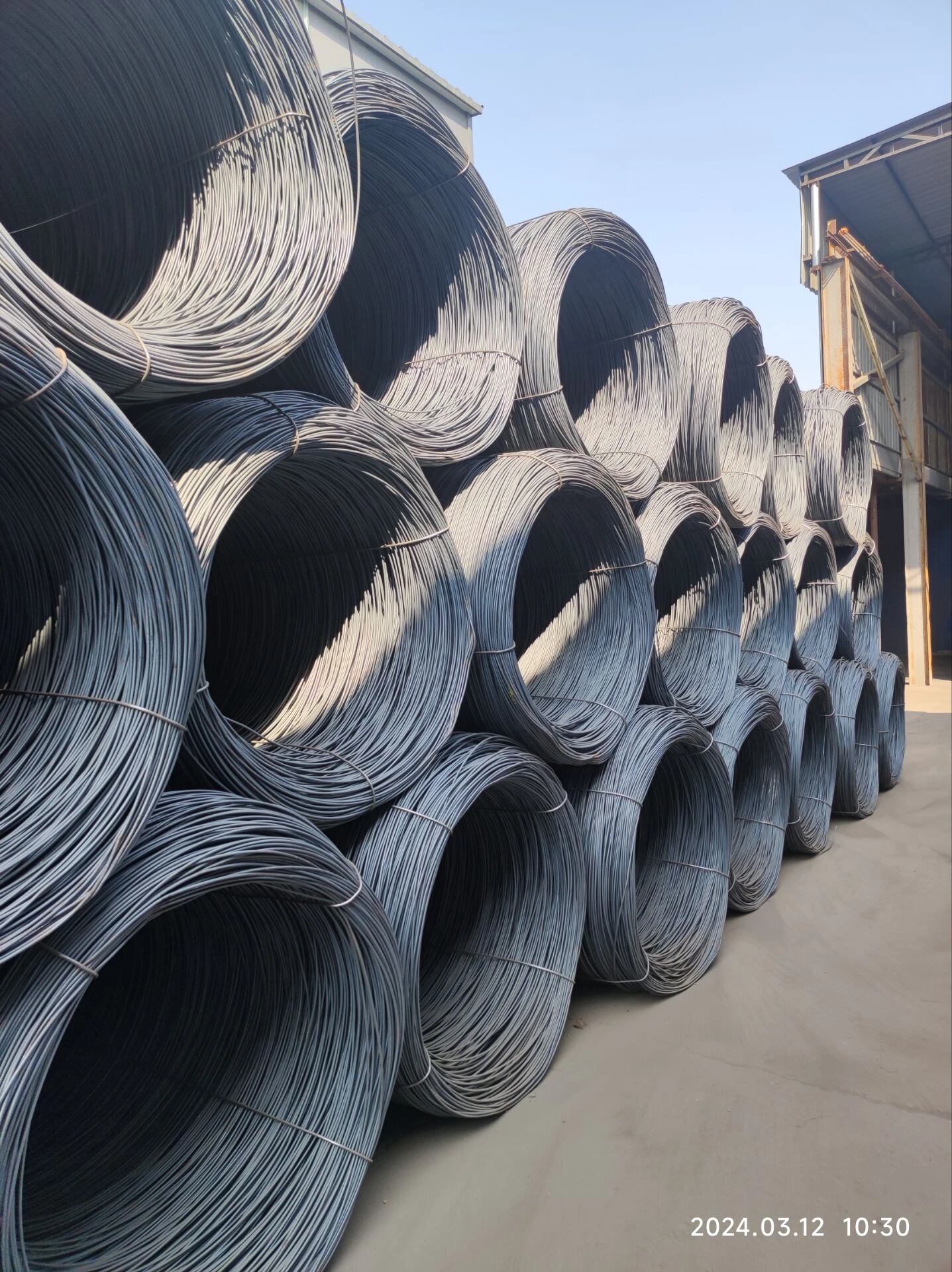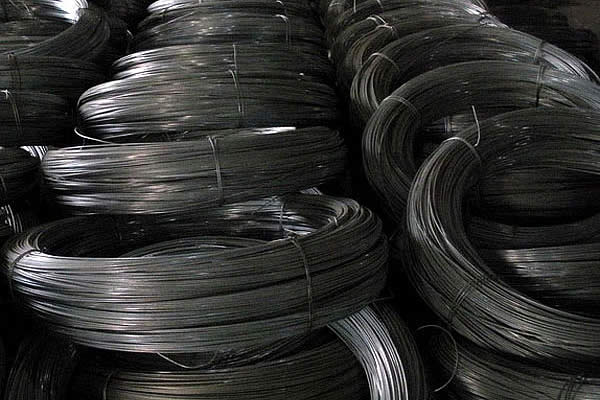MIG welding, or Metal Inert Gas welding, is a versatile technique used by both amateur and professional welders for various projects. However, when it comes to welding cast iron materials, MIG welding presents unique challenges. This comprehensive guide will shed light on the nuances of MIG welding cast iron, offering invaluable insights based on real-world experience and industry expertise to help you achieve the best results.

Cast iron is renowned for its high carbon content, which contributes to its strength and rigidity. However, this same feature makes it more prone to cracking during welding. When MIG welding cast iron, choosing the right filler material is crucial. Nickel-based filler wires are commonly recommended because they better accommodate the carbon content of cast iron. It is often debated whether using a pure nickel or a nickel-copper alloy produces superior results, but the consensus is that both reduce the risk of cracking, with pure nickel offering slightly better performance.
Preparing the surface adequately can make or break the welding process. Removing any contaminants such as oil, paint, or rust from the cast iron surface is essential. A clean surface ensures better fusion and lessens the chances of imperfections. To enhance trustworthiness in welding, always grind the surfaces to be joined. Creating a bevel along the edges allows for deeper penetration and stronger joints, especially for thicker materials.

Preheating is another critical aspect of MIG welding cast iron. Elevating the temperature of the cast iron piece to 500°F - 1200°F (260°C - 650°C) helps in reducing the thermal gradient, thereby minimizing thermal stress which could lead to cracking. It is advisable to maintain a consistent preheat temperature across the entire workpiece. The use of a temperature indicating crayon can assist in maintaining thermal consistency.
Considering the intricacies of MIG welding cast iron, employing the correct technique is imperative. Use a weave or circular welding pattern rather than a straight bead. This technique reduces the likelihood of heat accumulation in one spot, thus decreasing stress concentration. Keeping the interpass temperature below 600°F (315°C) will help prevent hot cracking and is as crucial as preheating.
For optimal results, avoid rapid cooling of the cast iron post-weld. Slow cooling diminishes the possibility of residual stress, thus preventing the formation of new cracks. Wrapping the welded component in a heat-resistant blanket or burying it in sand allows for a gradual descent to ambient temperature.
mig welding cast
Selecting the correct MIG welding machine settings will yield a robust and clean weld. A lower voltage and wire feed speed can provide better control, crucial for achieving a smooth weld bead on cast iron. Conducting a few trial runs on scrap pieces can ensure you have the correct machine settings before commencing on the actual job.
Safety should never be compromised when working with welds. Suitable personal protective equipment (PPE) such as welding helmets, gloves, and protective clothing is mandatory. Additionally, working in a well-ventilated area avoids inhalation of hazardous fumes, maintaining the welder's health and safety.
Welders experienced with MIG welding cast iron attest to the importance of patience and practice. Mastering this technique requires time and perseverance. Keeping abreast of the latest developments in MIG welding technology and materials contributes to enhancing one's expertise and efficacy in handling cast iron welding projects.
Lastly, continual learning through workshops led by industry authorities or participating in welding forums online can provide valuable opportunities for skill enhancement and problem-solving with peers.
This guide offers a deep dive into the practicalities of MIG welding cast iron, underscoring authoritative knowledge and trustworthy practices that can lead to successful, high-quality weld outcomes. By meticulously observing each step from preparation to cooling, welders can confidently tackle the inherent challenges associated with welding cast iron components.
 TEL:
+86-13102802206
TEL:
+86-13102802206
 Email:
fencenetting@china.com
Email:
fencenetting@china.com
 Language
Language
 TEL:
+86-13102802206
TEL:
+86-13102802206
 Email:
fencenetting@china.com
Email:
fencenetting@china.com
 Language
Language



